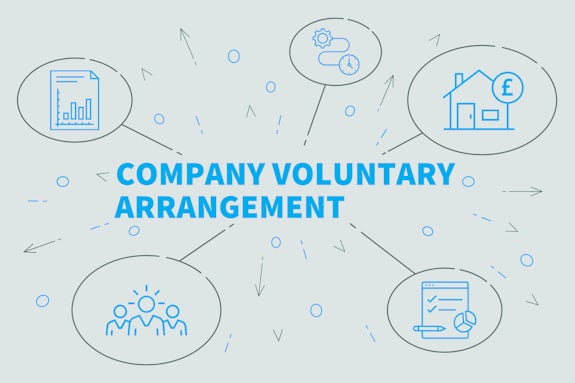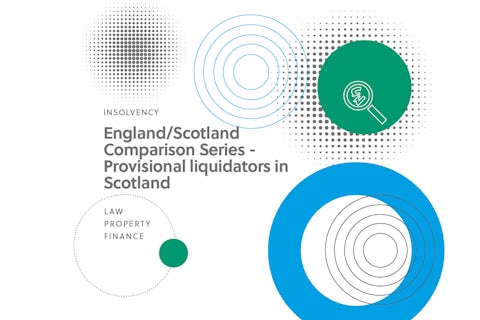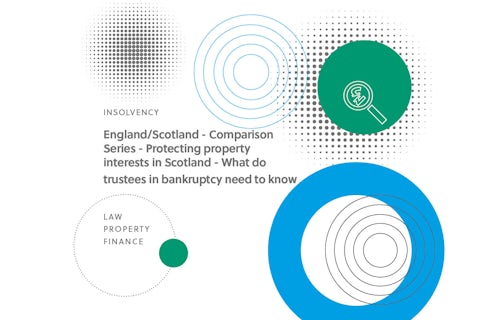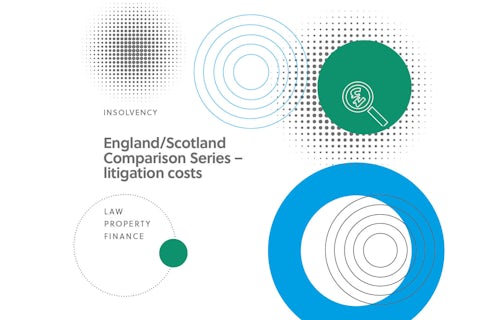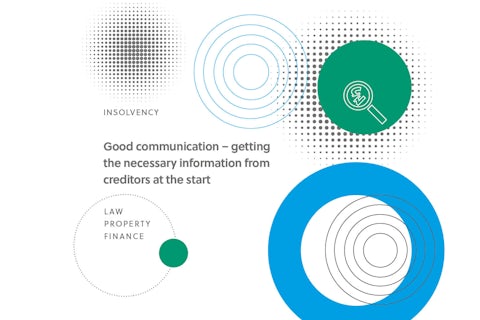The fashion retail giant, New Look, has become one of the most recent company’s in the UK to sign up to a Company Voluntary Arrangement (“CVA”) proposal. The resultant effect of that is the redundancy of 980 staff and the closure of 60 stores UK wide in the next 6 – 12 months.
On the flip side though, the CVA will enable the company to continue trading, renegotiate its rents downwards, keep open 533 of its stores, save the mass redundancies that would result from a complete shutdown and repay a proportion of the company’s debts over 3 years. New Look’s Chairman, Alistair McGeorge, commented that “in order to help restore long-term profitability, it is clear we need to reduce our fixed cost base.” Recently we have seen household names including Toys R Us and Carpetright finding themselves in deep water and considering a CVA as their way to safety.
So what is a CVA and why could it become the “New Look” for companies facing insolvency?
In short, a CVA is an arrangement which if agreed by creditors, enables an insolvent company to continue trading and pay its creditors over a fixed period of time. A company or a limited liability partnership can apply for a CVA through an Insolvency Practitioner (“IP”), provided that all of its directors or members agree. A CVA may be appropriate when a company is insolvent but is still viable as a going concern to the extent that it can prove that once its historic debts are ring-fenced, it will have sufficient capital to repay future debts while remaining profitable. Within a month of being appointed, the IP has to work out an arrangement and payment schedule in respect of the debt that the company can reasonably pay and invite the company’s creditors to vote on it. For a CVA to be granted, it must be approved by creditors who are collectively owed at least 75% of the company’s debt.
A key attraction of a CVA for a company is that the company can carry on trading whilst the IP negotiates repayment with the creditors. If agreed, a CVA prevents creditors from taking legal action against the company in respect of the debts included in the CVA unless it defaults on the scheduled payments in which case creditors can apply to wind-up the company. It also prevents creditors from charging interest or fees on the debt for the duration of the CVA. Creditors seem to be quite receptive to a CVA as they are more likely to receive a higher repayment than they would via a liquidation or administration.
The uptake of CVA’s in Scotland still appears to be a lot less than in England & Wales. In the last three quarters of 2017, the Insolvency Service reports that there has only been 1 CVA recorded in Scotland in contrast to 301 CVA’s in England & Wales for that same period. It will be interesting to see how these figures develop over the coming year in light of the current increase in challenging trading conditions forcing many companies to the brink of insolvency.
We have significant experience of preparing and implementing CVAs in Scotland.
The information and opinions contained in this blog are for information only. They are not intended to constitute advice and should not be relied upon or considered as a replacement for advice. Before acting on any of the information contained in this blog, please seek specific advice from Gilson Gray.

